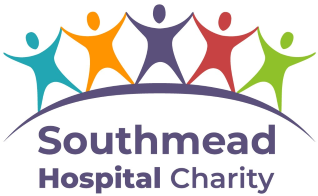Prehabilitation and Rehabilitation: Exercise and activity
Physical activity is any type of exercise or movement that uses your muscles. This includes everyday activities like walking, housework, and gardening. Any activity will help maintain or improve your fitness, health, and well-being.
Is it safe to exercise when you have cancer?
It is usually safe to start doing some physical activity before, during, or after treatment. It can be hard to think about exercise when you are dealing with the symptoms of cancer or side effects of treatment, but becoming more active may help you cope with this.
If you decide to do some physical activity, it is important to do it safely. Even if you did regular physical activity before you were diagnosed with cancer, you may need more advice and support now.
Tips for exercising safely
- Start slowly and gradually build up the activity.
- Don't exercise if you feel unwell or have symptoms that worry you.
- If you have bone problems, avoid uneven services and activities that increase the risk of you falling. You should also avoid high-impact activities like running.
- Wear comfortable trainers or walking shoes.
- Drink plenty of water so you don't get dehydrated.
- Protect yourself in the sun.
- Have a health snack after exercising, like a banana.
- Having some soreness or stiffness for a couple of days after exercise or being tired is common. If you feel very sore or very tired, try to do a bit less next time.
Stop exercising if you get any sudden symptoms including:
- Feeling dizzy.
- Chest pain.
- A racing heart.
- Breathing problems.
- Feeling sick.
- Unusual back or bone pain.
- Unusual muscle pain.
- A headache that does not go away.
Speak to a doctor straight away if you notice these or any other symptoms.
Information and advice about exercising
Visit Macmillan Cancer Support website for more information about:
- The benefits of physical activity and exercise when you have cancer.
- How physical activity affects cancer.
- Being active before, during, and after treatment.
- How much activity to do.
- Who can help you get started.
Physical activity and cancer | Macmillan Cancer Support
Being active before treatment
For specific advice about being active before treatment visit the Macmillan Cancer Support page about prehabilitation.
Prehabilitation videos for people living with cancer | Macmillan Cancer Support
How to be more active when you have limited mobility
If you don’t currently do much activity it is important to choose activities that are safe and that you enjoy. You may also want to speak to a physiotherapist or exercise instructor to give you more advice if you are unsure.
Online exercise videos
Exercise if you have a brain tumour
Pelvic floor exercises
Exercises to help prevent falls and improve balance
If you have fallen in the past or at times feel unsteady it can be useful to do some exercises specific for balance.
Exercises after surgery
Exercises after breast cancer surgery:
Exercises after stoma surgery:
More resources to support you to maintain or increase your activity levels
Exercise if you have osteoporis
© North Bristol NHS Trust. This edition published February 2025. Review due February 2028. NBT003765b.
Support your local hospital charity

See the impact we make across our hospitals and how you can be a part of it.
